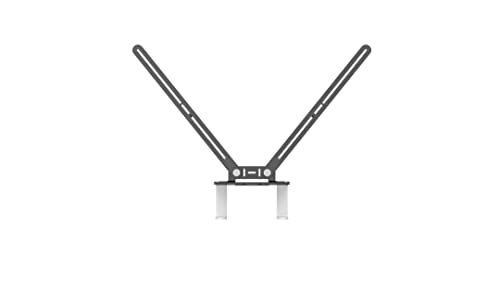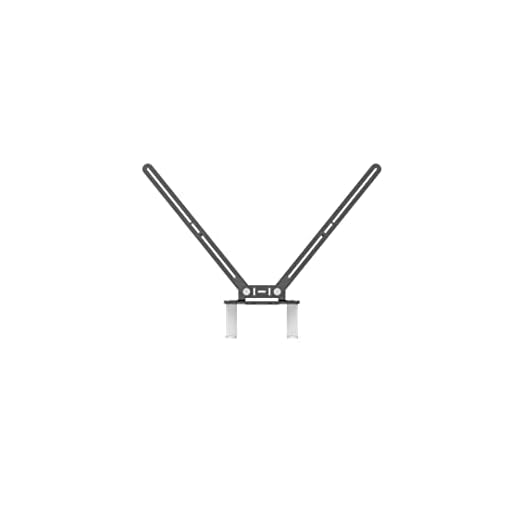


Raspberry Pi (Pi) has revolutionized the world of technology with its compact size and powerful capabilities. But can a Pi be used to pick up a bar video surveillance system?
Surveillance cameras are a crucial part of ensuring security in bars and other public places. They help monitor activities, deter crime, and provide evidence in case of incidents. Using a Pi for video surveillance can be a cost-effective solution for bar owners looking to enhance security without breaking the bank.
With the right setup and configuration, a Raspberry Pi can indeed be used to pick up a bar video surveillance system. By connecting the Pi to cameras and setting up software for monitoring and recording footage, bar owners can have a reliable and customizable surveillance system at their fingertips.
Benefits of Using Raspberry Pi for Video Surveillance
Raspberry Pi offers several advantages when it comes to setting up video surveillance systems. Some of the key benefits include:
- Cost-Effective: Raspberry Pi is an affordable solution compared to traditional video surveillance systems, making it ideal for small businesses or home use.
- Flexibility: Raspberry Pi can be easily customized and expanded to meet specific surveillance needs, allowing users to add different cameras, sensors, or software.
- Low Power Consumption: Raspberry Pi consumes very little power, making it energy-efficient and cost-effective to run 24/7.
- Remote Monitoring: Raspberry Pi can be accessed remotely over the internet, enabling users to monitor their premises from anywhere using a smartphone or computer.
- Open-Source Software: Raspberry Pi supports a wide range of open-source software for video surveillance, offering flexibility and customization options.
Installation and Setup of Raspberry Pi for Video Surveillance
Setting up a Raspberry Pi for video surveillance involves a few key steps to ensure smooth operation and reliable performance. Follow these installation and setup guidelines to get your system up and running:
- Choose the right Raspberry Pi model: Select a Raspberry Pi model that meets the requirements of your video surveillance project, taking into account factors such as processing power, memory, and connectivity options.
- Install the operating system: Download and install a compatible operating system for the Raspberry Pi, such as Raspbian, using the official Raspberry Pi Imager tool.
- Configure network settings: Connect the Raspberry Pi to your network and configure network settings, including setting a static IP address if needed for remote access.
- Install video surveillance software: Choose and install a video surveillance software package compatible with the Raspberry Pi, such as MotionEyeOS or ZoneMinder.
- Configure camera setup: Connect one or more compatible cameras to the Raspberry Pi and configure camera settings within the video surveillance software.
- Set up motion detection: Configure motion detection settings within the video surveillance software to trigger recording or alerts when motion is detected.
- Test and optimize: Test the system to ensure that video surveillance is functioning correctly, adjust settings as needed for optimal performance, and monitor system stability over time.
Features of Raspberry Pi Video Surveillance System
Raspberry Pi video surveillance system offers a range of features that make it a versatile and cost-effective solution for monitoring your property or business:
- High-Quality Video: Raspberry Pi cameras provide high-quality video footage with resolution options up to 1080p.
- Remote Access: You can access the video feed remotely from anywhere using a web browser or a dedicated app.
- Motion Detection: The system can be set up to detect motion and send alerts or trigger recordings when activity is detected.
- Low Power Consumption: Raspberry Pi consumes very little power, making it an energy-efficient surveillance solution.
- Customizable: The system is highly customizable, allowing you to add additional features or integrate with other smart home devices.
- Cost-Effective: Raspberry Pi is an affordable option compared to traditional video surveillance systems, making it ideal for budget-conscious users.
Comparison of Raspberry Pi with Traditional Video Surveillance Systems
When comparing Raspberry Pi with traditional video surveillance systems, several key differences become apparent. Here is a comparison table outlining the main features of each:
| Aspect | Raspberry Pi | Traditional Video Surveillance Systems |
|---|---|---|
| Cost | Low cost, affordable for DIY projects | Higher cost, typically more expensive |
| Flexibility | Highly flexible, can be customized for specific needs | Less flexible, limited customization options |
| Scalability | Limited scalability, suitable for small to medium setups | High scalability, suitable for large-scale installations |
| Performance | Good performance for basic surveillance tasks | Higher performance, better suited for demanding tasks |
| Installation | Relatively easy to set up and configure | May require professional installation |
Ultimately, the choice between Raspberry Pi and traditional video surveillance systems depends on the specific requirements of the project, budget constraints, and desired features.






